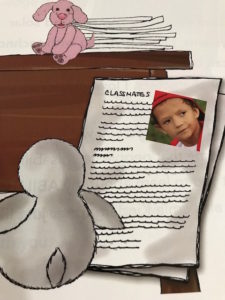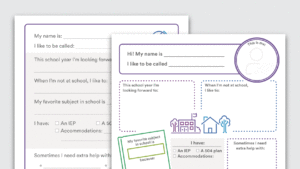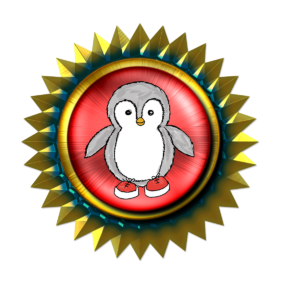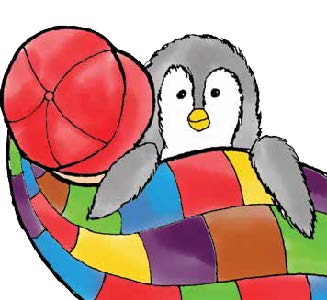
Starting any day you want to begin, Furry and Mac challenge your family to a “Snuggle Down, Cuddle Up” Challenge of one month of bedtime reading. We offer a whole bunch of FREE ideas for each chapter of Furry: The Little Penguins That Could to help children grow and families enjoy time together. Or Join Our FREE Furry the Penguin Curriculum Program and take a chapter per week.
We want you and your children to cherish this time together of memory-making.
Reading is a tradition that will follow your children through adulthood and these cherished moments are gifted to your future grandchildren and great-grandchildren.
FREE when you join our Furry Program
About our Shared Reading Curriculum (email us it is FREE!)
- Curriculum Overview (Online) – 46 pages
- Anny’s Notebook – About Mac’s Journey
- Drawing Book
Chapter 1 Let Us Start at the Beginning
- Anny’s Notebook – Chapter 1 – Mac’s Journey
- Chapter 1 Video
- Chapter 1 Curriculum (Download – 17 pages)
- Chapter 1 Empowerment Sheets (Download – 65 pages)
- Recommended Additional Books (Download – 1 page)
- Today I learned – let’s talk
Chapter 2 About Stuffies
- Anny’s Notebook – Chapter 2 – Mac’s Journey
- Chapter 2 Video
- Chapter 2 Curriculum (Download – 13 pages)
- Chapter 2 Empowerment Sheets (Download – 41 pages)
- Recommended Additional Books (Download – 1 page)
- Today I learned – let’s talk
Chapter 3 Stuffie Jobs
- Anny’s Notebook – Chapter 3 – Mac’s Journey
- Chapter 3 Video
- Chapter 3 Curriculum (Download – 14 pages)
- Chapter 3 Empowerment Sheets (Download – 42 pages )
- Recommended Additional Books (Download – 1 page)
- Today I learned – let’s talk
Chapter 4 I Forgot
- Anny’s Notebook – Chapter 4 – Mac’s Journey
- Chapter 4 Video
- Chapter 4 Curriculum (Download – 16 pages)
- Chapter 4 Empowerment Sheets (Download – 48 pages)
- Recommended Additional Books (Download – 2 pages)
- Today I learned – let’s talk
Chapter 5 More About Stuffies
- Anny’s Notebook – Chapter 5 – Mac’s Journey
- Chapter 5 Video
- Chapter 5 Curriculum (Download – 12 pages)
- Chapter 5 Empowerment Sheets (Download – 36 pages)
- Recommended Additional Books (Download – 1 page)
- Today I learned – let’s talk
Chapter 6 Let’s Begin
- Anny’s Notebook – Chapter 6 – Mac’s Journey
- Chapter 6 Video
- Chapter 6 Curriculum (Download – 12 pages)
- Chapter 6 Empowerment Sheets (Download – 32 pages )
- Recommended Additional Books (Download – 1 page)
- Today I learned – let’s talk
Chapter 7 The Day to be Remembered
- Anny’s Notebook – Chapter 7 Mac’s Journey
- Chapter 7 Video
- Chapter 7 Curriculum (Download)
- Chapter 7 Empowerment Sheets (Download)
- Recommended Additional Books (Download – 1 page)
- Today I learned – let’s talk
Chapter 8 Ready-Set-Go!
- Anny’s Notebook – Chapter 8 – Mac’s Journey
- Chapter 8 Video
- Chapter 8 Curriculum (Download)
- Chapter 8 Empowerment Sheets (Download)
- Recommended Additional Books (Download – 1 page)
- Today I learned – let’s talk
Chapter 9 The New Boy and the Kids
- Anny’s Notebook – Chapter 9 – Mac’s Journey
- Chapter 9 Video
- Chapter 9 Curriculum (Download)
- Chapter 9 Empowerment Sheets (Download)
- Recommended Additional Books (Download – 1 page)
- Today I learned – let’s talk
Chapter 10 A Letter from a Boy
- Anny’s Notebook – Chapter 10 – Mac’s Journey
- Chapter 10 Video
- Chapter 10 Curriculum (Download)
- Chapter 10 Empowerment Sheets (Download)
- Recommended Additional Books (Download – 1 page)
- Today I learned – let’s talk
Chapter 11 “Snack” Penguin
- Anny’s Notebook – Chapter 11 – Mac’s Journey
- Chapter 11 Video
- Chapter 11 Curriculum (Download)
- Chapter 11 Empowerment Sheets (Download)
- Recommended Additional Books (Download – 1 page)
- Today I learned – let’s talk
Chapter 12 Sleepover Penguin
- Anny’s Notebook – Chapter 12 – Mac’s Journey
- Chapter 12 Video
- Chapter 12 Curriculum (Download)
- Chapter 12 Empowerment Sheets (Download)
- Recommended Additional Books (Download – 1 page)
- Today I learned – let’s talk
Chapter 13 Twin Penguins
- Anny’s Notebook – Chapter 13 – Mac’s Journey
- Chapter 13 Video
- Chapter 13 Curriculum (Download)
- Chapter 13 Empowerment Sheets (Download)
- Recommended Additional Books (Download – 1 page)
- Today I learned – let’s talk
Chapter 14 Hello, New Penguin
- Anny’s Notebook – Chapter 14 – Mac’s Journey
- Chapter 14 Video
- Chapter 14 Curriculum (Download)
- Chapter 14 Empowerment Sheets (Download)
- Recommended Additional Books (Download – 1 page)
- Today I learned – let’s talk
Chapter 15 Furry & Mac
- Anny’s Notebook – Chapter 15 – Mac’s Journey
- Chapter 15 Video
- Chapter 15 Curriculum (Download)
- Chapter 15 Empowerment Sheets (Download)
- Recommended Additional Books (Download – 1 page)
- Today I learned – let’s talk
Chapter 16 Furry & School
- Anny’s Notebook – Chapter 16 – Mac’s Journey
- Chapter 16 Video
- Chapter 16 Curriculum (Download)
- Chapter 16 Empowerment Sheets (Download)
- Recommended Additional Books (Download – 1 page)
- Today I learned – let’s talk
Chapter 17 A Roomful of Stuffies
- Anny’s Notebook – Chapter 17 – Mac’s Journey
- Chapter 17 Video
- Chapter 17 Curriculum (Download)
- Chapter 17 Empowerment Sheets (Download)
- Recommended Additional Books (Download – 1 page)
- Today I learned – let’s talk
Chapter 18 Stuffie Support
- Anny’s Notebook – Chapter 18 – Mac’s Journey
- Chapter 18 Video
- Chapter 18 Curriculum (Download)
- Chapter 18 Empowerment Sheets (Download)
- Recommended Additional Books (Download – 1 page)
- Today I learned – let’s talk
Chapter 19 School Days Red Shoe Days
- Anny’s Notebook – Chapter 19 – Mac’s Journey
- Chapter 19 Video
- Chapter 19 Curriculum (Download)
- Chapter 19 Empowerment Sheets (Download)
- Recommended Additional Books (Download – 1 page)
- Today I learned – let’s talk
Chapter 20 Stuffy? No School
- Anny’s Notebook – Chapter 20 – Mac’s Journey
- Chapter 20 Video
- Chapter 20 Curriculum (Download)
- Chapter 20 Empowerment Sheets (Download)
- Recommended Additional Books (Download – 1 page)
- Today I learned – let’s talk
Chapter 21 Mom Hatches a Plan!
- Anny’s Notebook – Chapter 21 – Mac’s Journey
- Chapter 21 Video
- Chapter 21 Curriculum (Download)
- Chapter 21 Empowerment Sheets (Download)
- Recommended Additional Books (Download – 1 page)
- Today I learned – let’s talk
Chapter 22 The Christmas Miracle
- Anny’s Notebook – Chapter 22 – Mac’s Journey
- Chapter 22 Video
- Chapter 22 Curriculum (Download)
- Chapter 22 Empowerment Sheets (Download)
- Recommended Additional Books (Download – 1 page)
- Today I learned – let’s talk
Chapter 23 Snow Piles are Growing
- Anny’s Notebook – Chapter 23 – Mac’s Journey
- Chapter 23 Video
- Chapter 23 Curriculum (Download)
- Chapter 23 Empowerment Sheets (Download)
- Recommended Additional Books (Download – 1 page)
- Today I learned – let’s talk
Chapter 24 Birthday Surprise
- Anny’s Notebook – Chapter 24 – Mac’s Journey
- Chapter 24 Video
- Chapter 24 Curriculum (Download)
- Chapter 24 Empowerment Sheets (Download)
- Recommended Additional Books (Download – 1 page)
- Today I learned – let’s talk
Chapter 25 Thank You Thank You
- Anny’s Notebook – Chapter 25 – Mac’s Journey
- Chapter 25 Video
- Chapter 25 Curriculum (Download)
- Chapter 25 Empowerment Sheets (Download)
- Recommended Additional Books (Download – 1 page)
- Today I learned – let’s talk
Chapter 26 Mac’s Back
- Anny’s Notebook – Chapter 26 – Mac’s Journey
- Chapter 26 Video
- Chapter 26 Curriculum (Download)
- Chapter 26 Empowerment Sheets (Download)
- Recommended Additional Books (Download – 1 page)
- Today I learned – let’s talk
Chapter 27 Kindergarten Circus Graduation
- Anny’s Notebook – Chapter 27 – Mac’s Journey
- Chapter 27 Video
- Chapter 27 Curriculum (Download)
- Chapter 27 Empowerment Sheets (Download)
- Recommended Additional Books (Download – 1 page)
- Today I learned – let’s talk
Chapter 28 Penguin Classroom Wisdom
- Anny’s Notebook – Chapter 28 – Mac’s Journey
- Chapter 28 Video
- Chapter 28 Curriculum (Download)
- Chapter 28 Empowerment Sheets (Download)
- Recommended Additional Books (Download – 1 page)
- Today I learned – let’s talk
Chapter 29 First Grade Here We Come
- Anny’s Notebook – Chapter 29 – Mac’s Journey
- Chapter 29 Video
- Chapter 29 Curriculum (Download)
- Chapter 29 Empowerment Sheets (Download)
- Recommended Additional Books (Download – 1 page)
- Today I learned – let’s talk
Ripples
Resources
Yes, we can! Together we can do it
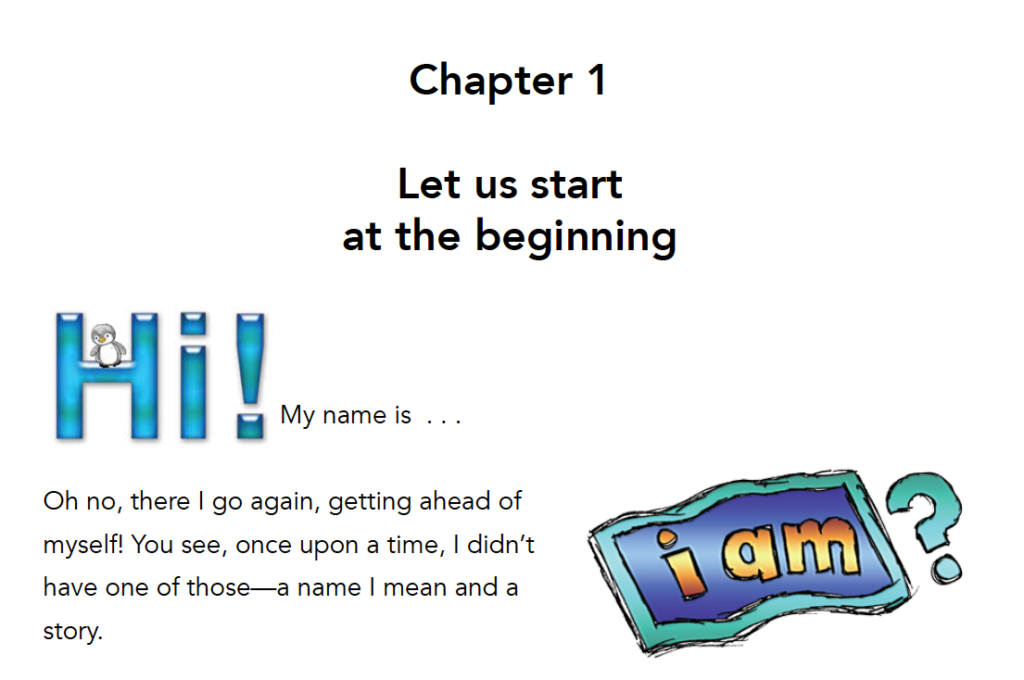
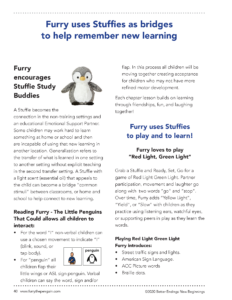
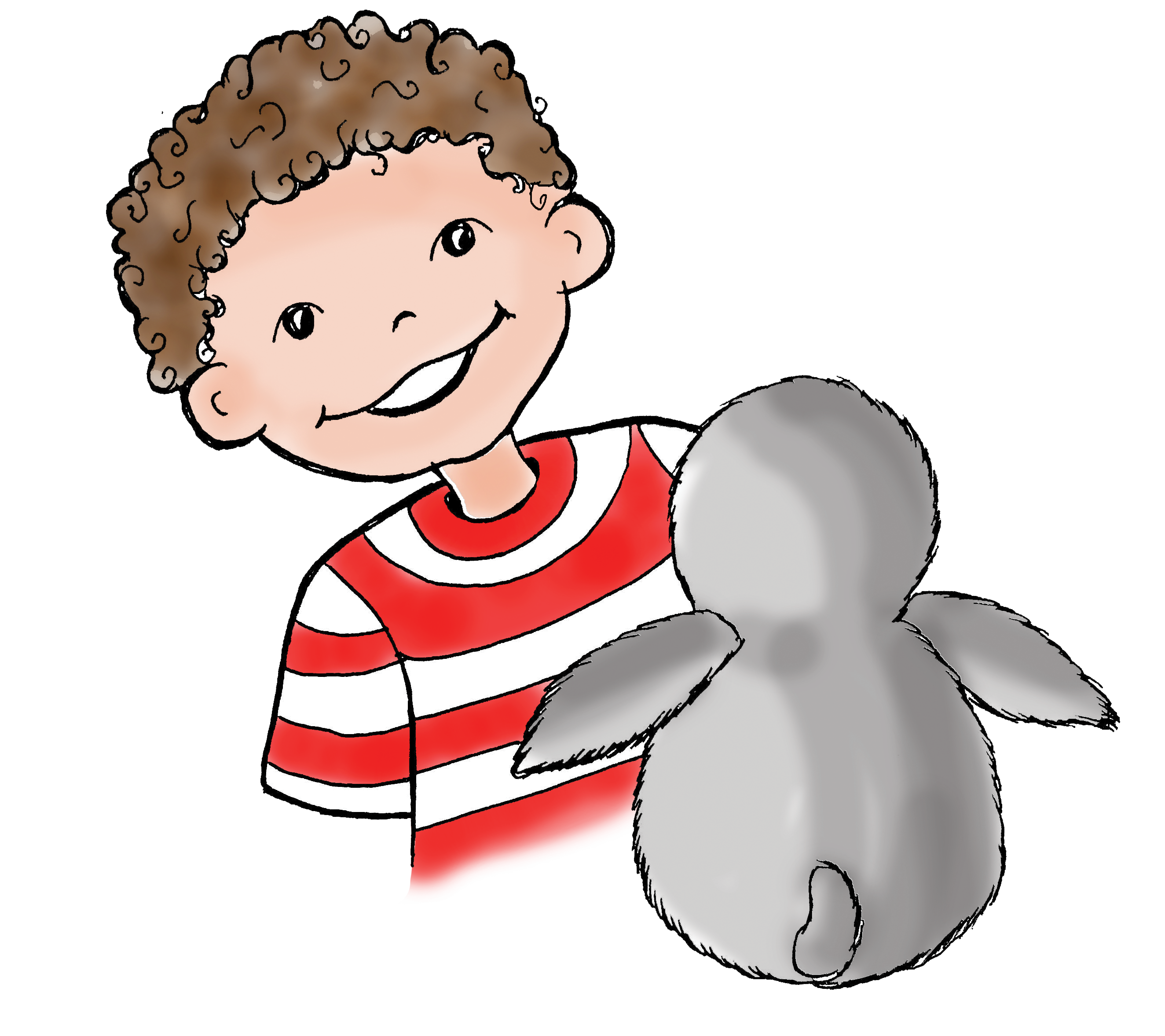

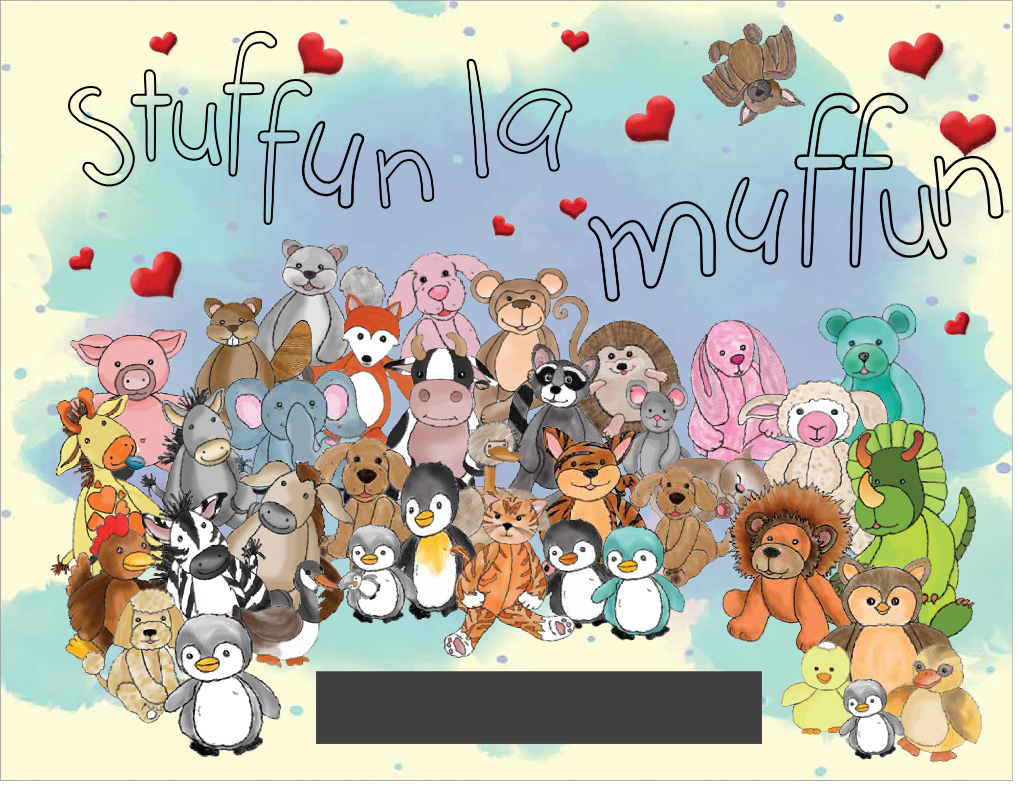

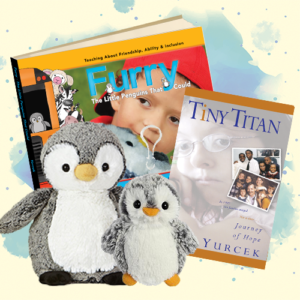
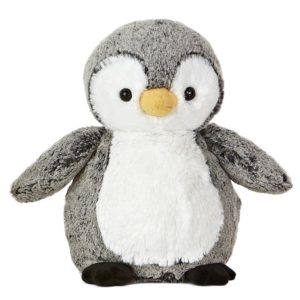
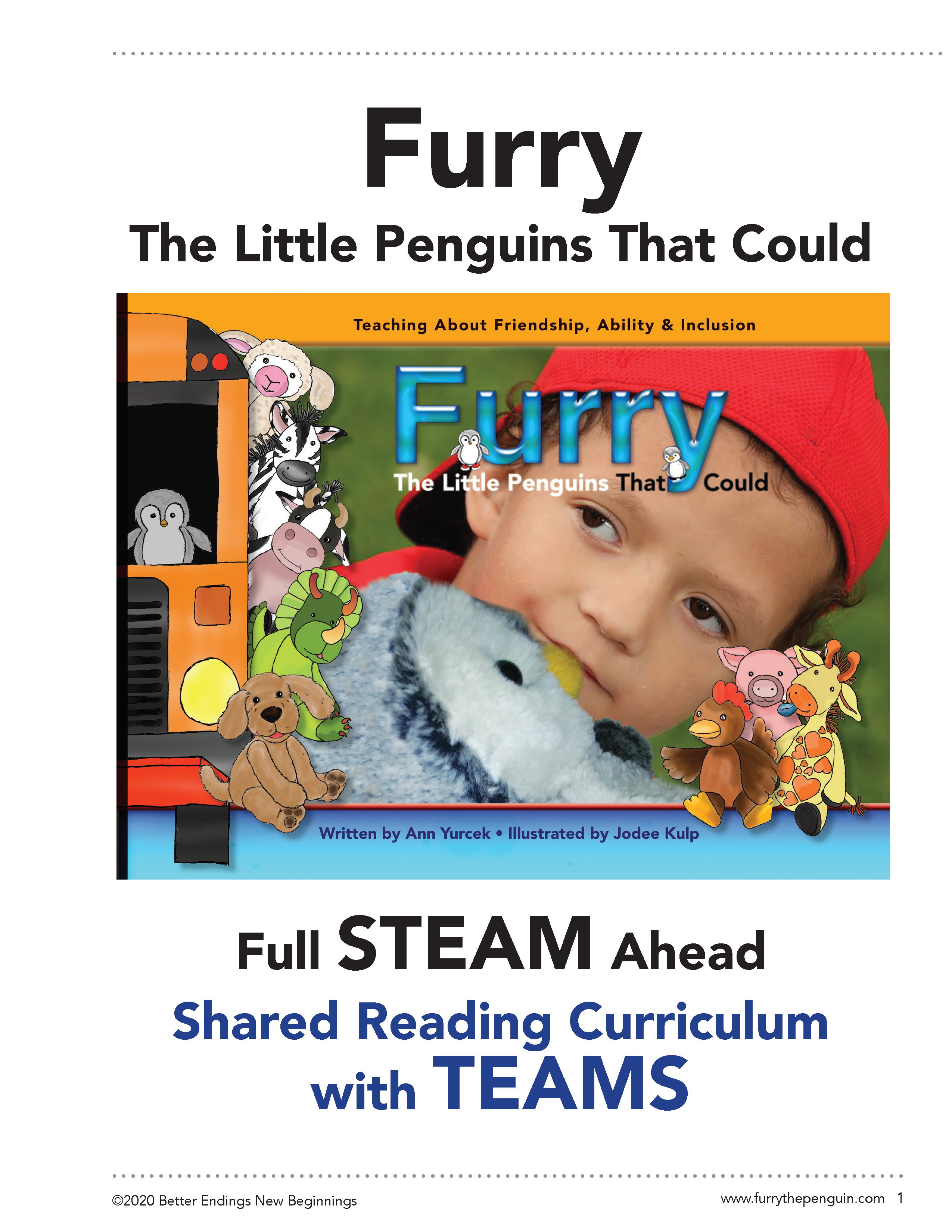
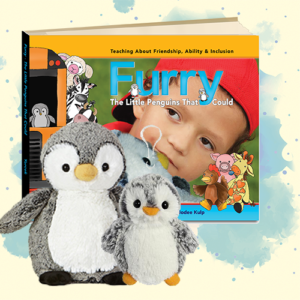
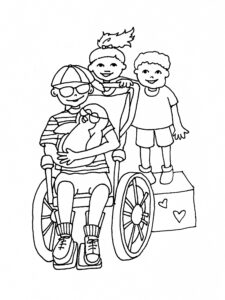
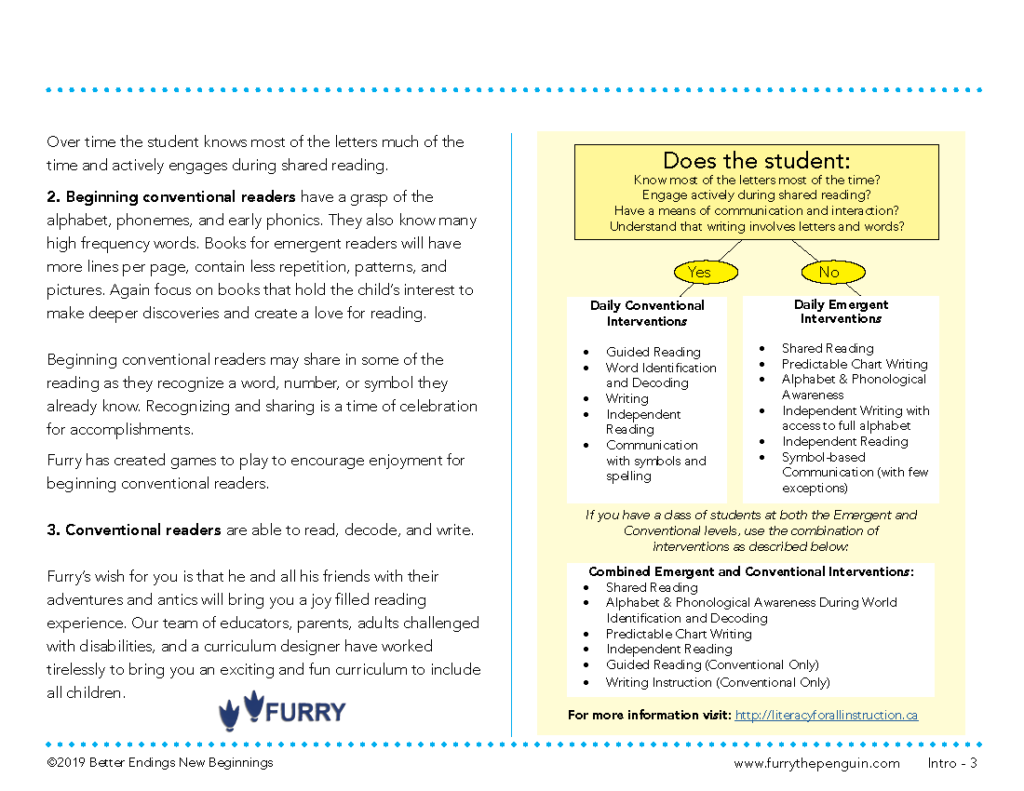
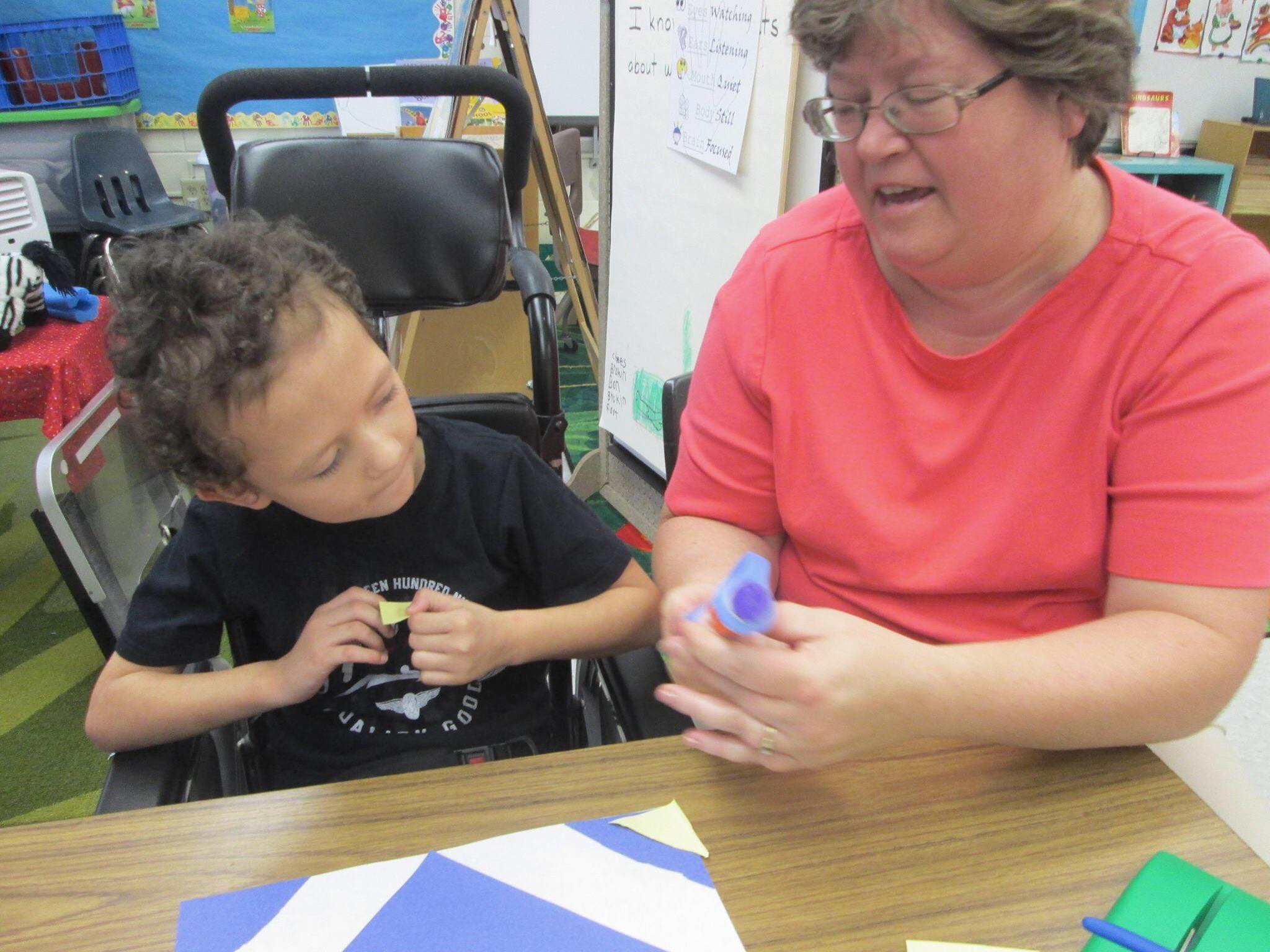
 Beyond school time
Beyond school time 